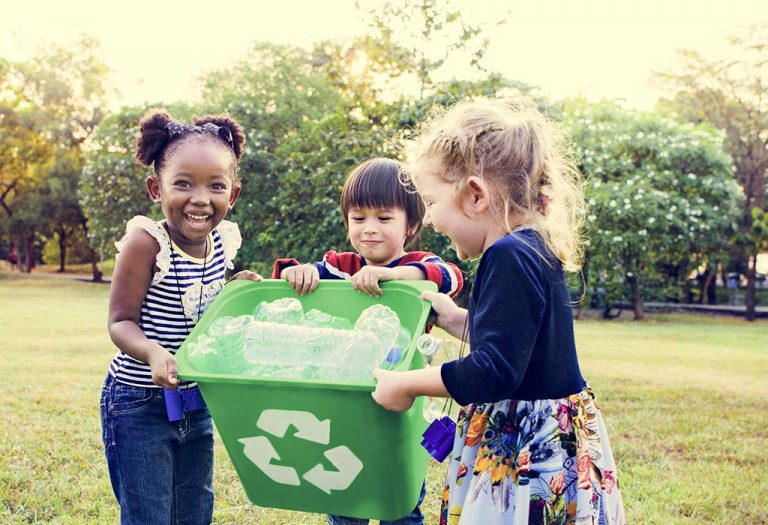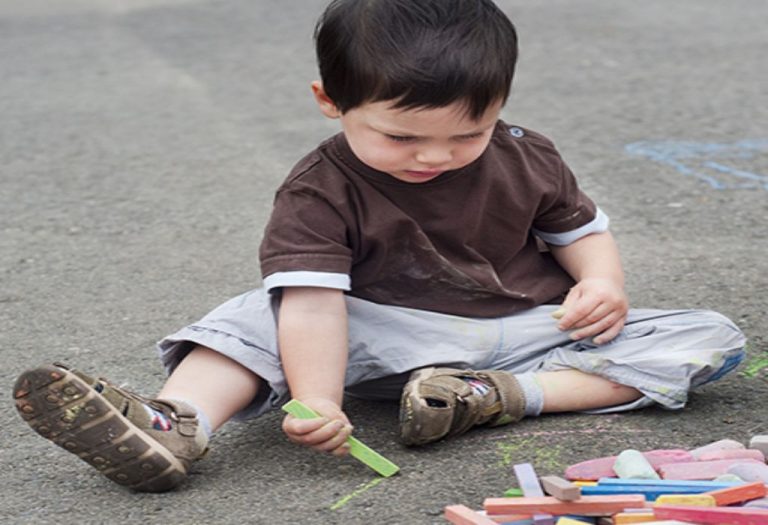Concrete Noun For Kids – Definition, Types, and Examples
Remember the last time you held your favourite toy or tasted a sweet ice cream? These are things you can touch or see, right? Well, in the world of grammar, they have a unique name: concrete nouns! Let’s explore what they are and see some fun examples.
What Is a Concrete Noun?
Concrete noun definition refers to a tangible object or thing that can be seen, touched, heard, smelled, or tasted. It represents physical entities (1), unlike abstract nouns, which denote ideas or concepts.
Below are a few examples of concrete nouns –
- Apple
- Dog
- Mountain
- Ocean
- Guitar
At What Age Should Children Learn About Concrete Nouns?
Imagine teaching a toddler about grammar – sounds tricky, right? Concrete nouns are natural for kids to grasp. But, you might wonder, when is the perfect age to introduce the term “concrete noun”? Let’s explore that.
Every child’s learning journey is unique, and they absorb information at different paces. However, the concept of concrete nouns, rooted in tangible experiences, is something children encounter even before they know the term. As they begin to label the world around them—calling out “dog,” “ball,” or “mama,” for example—they’re already identifying concrete nouns without even realising it!
Most educators and language experts suggest that children around the ages of 6 to 8 can best understand the formal introduction of the term “concrete noun” and its distinction from other nouns. This is typically when kids are in the early stages of formal education and developing a foundation in language arts. Introducing the concept during these formative years helps them solidify their understanding of the world and the words they use to describe it.
What Are the Different Types of Concrete Nouns?
Have you ever considered how vast our world is, filled with various things? The realm of concrete nouns is equally enormous and varied. In this section, we’re going on a delightful journey to discover some main types of concrete nouns. Are you ready to dive in?
1. Animals and Birds
Examples: Lions, sparrows, whales.
These nouns represent creatures, whether they live on land, in water, or fly in the sky. Kids often love talking about their favourite animals, making this category quite relatable.
2. Objects and Things
Examples: Pencil, bicycle, hat.
This category covers items we can touch and use in our daily life. From household items to gadgets, they all fall under this type.
3. Foods and Beverages
Examples: Sandwich, juice, chocolate.
These nouns represent delicious treats and drinks that tickle our taste buds.
4. Places and Locations
Examples: Playground, mountain, cinema.
Whether it’s a geographical location or a man-made structure, it’s a concrete noun in this category if you can go there or point towards it.
5. Nature Elements
Examples: River, stone, flower.
These nouns are elements we find in nature, encompassing the beauty of our natural environment.
6. People
Examples: Teacher, baby, astronaut.
These nouns represent different roles or stages in human life. From professions to relationships, they’re all about people around us.
Examples of Concrete Nouns
Our everyday conversations are peppered with concrete nouns, even if we don’t always notice them. After all, they help paint a clearer picture of the world around us in our stories and chats. Let’s explore some specific examples of concrete nouns that might light up a child’s face with recognition.
1. Toys and Playthings

Examples: Teddy bear, skateboard, yo-yo.
Every child has a favourite toy or two; these nouns evoke memories of playtime and fun.
2. Sweets and Treats
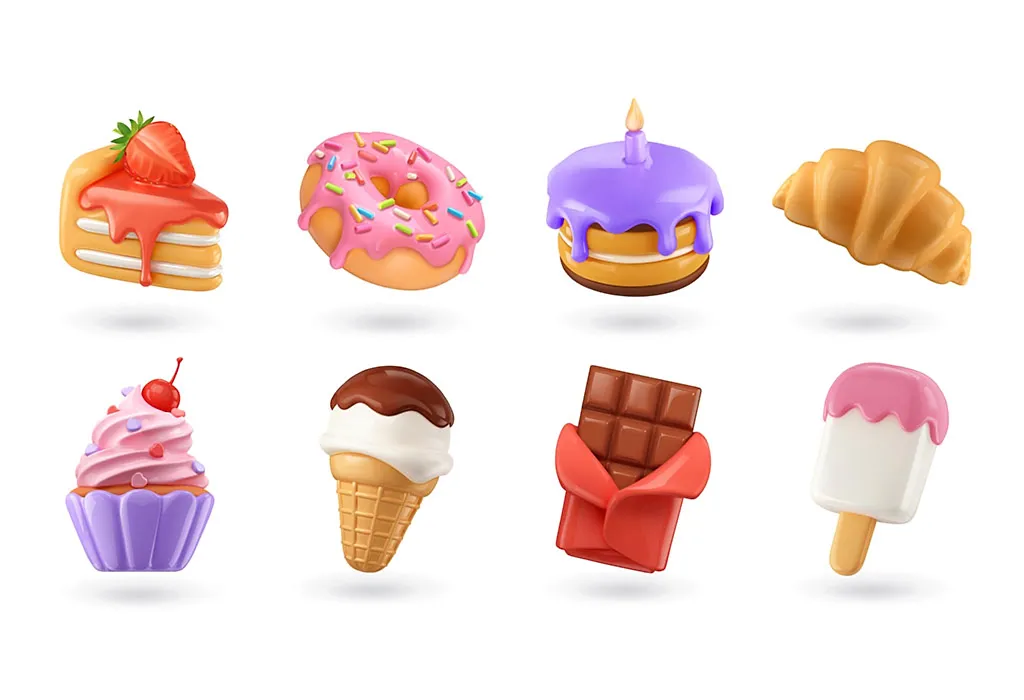
Examples: Cupcake, lollipop, marshmallow.
Just mentioning these can make anyone’s mouth water, reminding them of delightful moments of indulgence.
3. Outdoor Adventures

Examples: Campfire, tent, swing.
Evoking the spirit of outdoor escapades, these nouns bring back memories of adventures under the open sky.
4. Musical Instruments
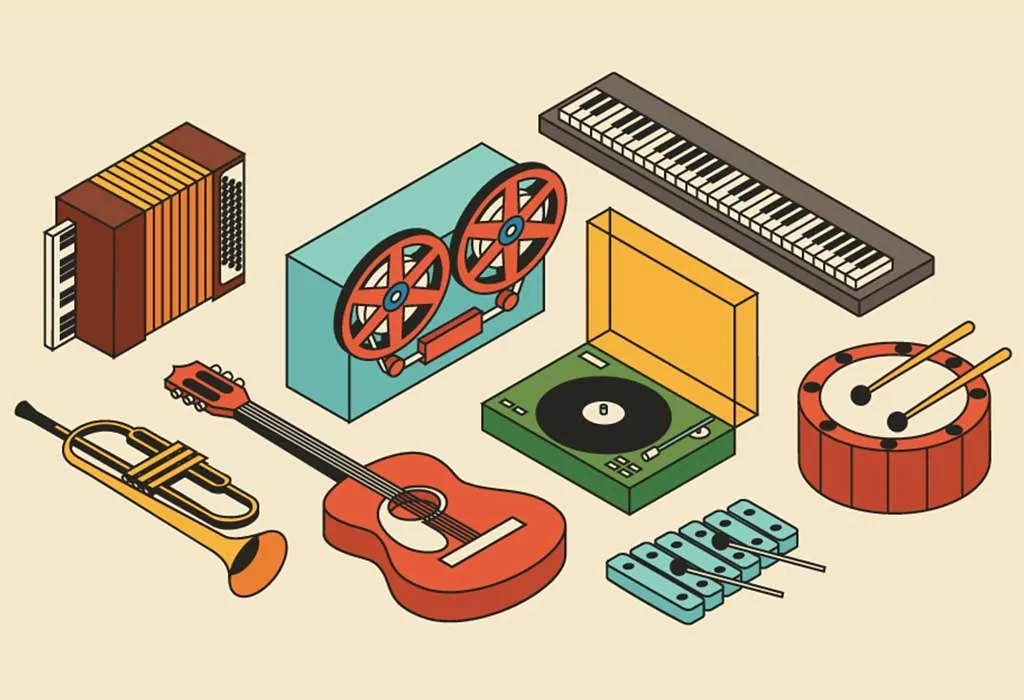
Examples: Drum, flute, guitar.
These nouns strike a chord for the musically inclined, reminding them of melodies and rhythms.
5. Clothing Items
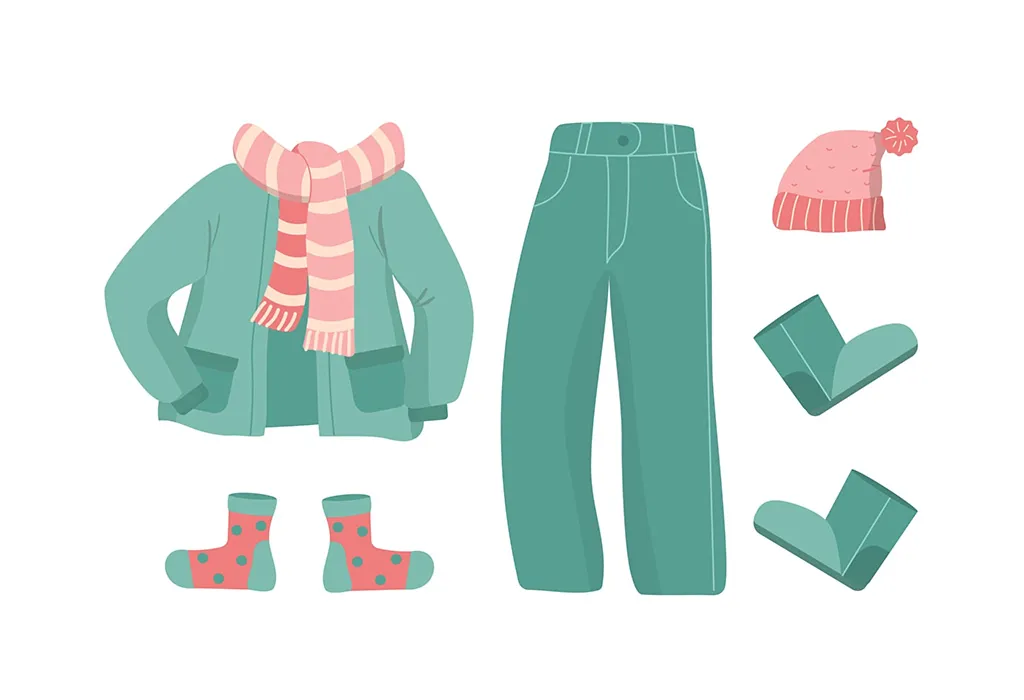
Examples: Jacket, boots, scarf.
These nouns talk about our style, what we wear, and how we express ourselves.
List of Concrete Nouns (From A-Z)
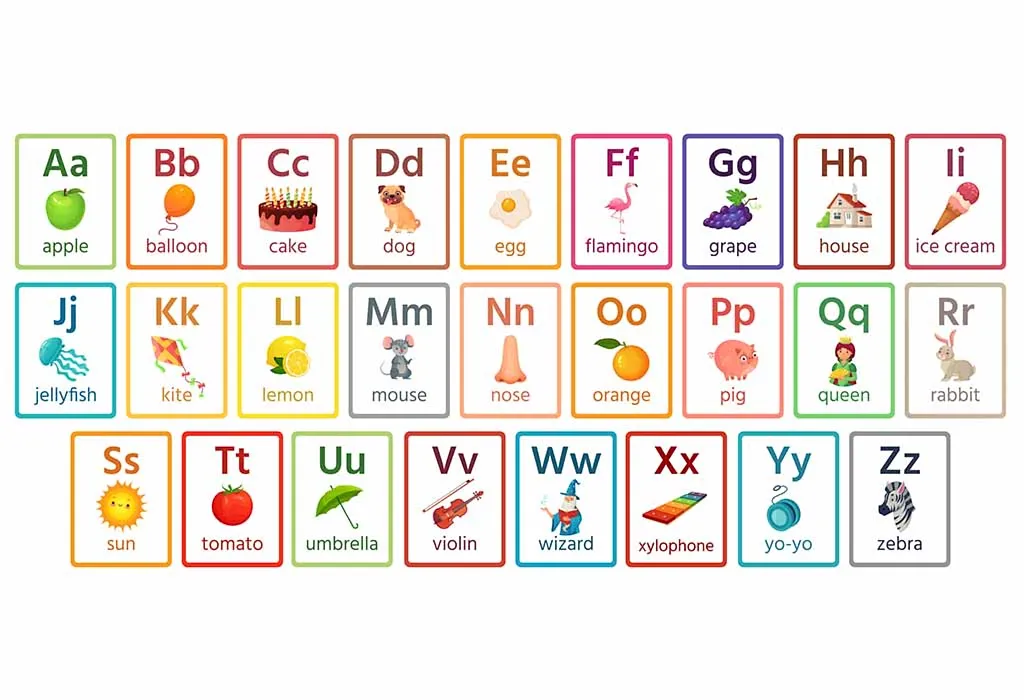
Diving deeper into the world of concrete nouns might raise questions about the vast range of these tangible terms. To make things simpler and more exciting, we’ve curated an A-Z concrete noun list to explore. These common concrete nouns provide a clear snapshot of things we often talk about or experience in our daily lives. Here’s a fun table to glance through and expand your noun knowledge!
| Apple | Grass | Nest | Tree |
| Artist | Hat | Necklace | Umbrella |
| Ball | Honey | Orange | Unicorn |
| Book | Ice cream | Owl | Van |
| Cake | Island | Penguin | Volcano |
| Cat | Jacket | Pizza | Whale |
| Dog | Jellybean | Queen | Wheel |
| Drum | Kangaroo | Quilt | X-ray |
| Ear | Kite | Rabbit | Xylophone |
| Elephant | Lamp | Rainbow | Yarn |
| Flower | Lion | Sandwich | Yoghurt |
| Frog | Monkey | Sun | Zebra |
| Guitar | Mountain | Tiger | Zipper |
Using this concrete noun list as a reference, kids can enhance their vocabulary and enjoy the challenge of spotting these common concrete nouns in their surroundings. It’s like a fun treasure hunt of words, helping them bond with the language uniquely and enjoyably!
Difference Between Concrete and Abstract Nouns
In our quest to understand the beautiful world of nouns, we’ve delved deep into the kinds of concrete nouns. But did you know there’s a contrasting category called “abstract nouns”? Grasping the difference between concrete and abstract nouns can be a game-changer in understanding language nuances. Let’s demystify these two terms.
Concrete Nouns
- Definition: As we’ve previously discussed, a concrete noun represents something tangible, something that can be seen, touched, tasted, heard, or smelled.
- Examples: Dog (you can put it), apple (you can taste it), music (you can hear it).
Abstract Nouns
- Definition: In contrast, an abstract noun denotes an idea, quality, emotion, or state the five senses cannot perceive (2).
- Examples: Love (you feel it but can’t touch it), bravery (a quality that’s admired but isn’t tangible), freedom (a concept that’s cherished but not something you can hold).
While concrete nouns help us identify and describe tangible items and experiences, abstract nouns capture the intangible essence of feelings, qualities, and ideas (3). For instance, while “cake” (a concrete noun) can be tasted and seen, the “happiness” (an abstract noun) you feel eating it isn’t something you can touch or see.
Understanding this difference empowers kids to describe the world they can see around them and the vast realm of emotions and ideas inside them. It’s like giving them tools to paint the landscape outside and the portrait of their inner world!
Can Concrete Nouns Be Singular and Plural?
The English language, with its intricate patterns and structures, often raises fascinating questions. One such inquiry is whether concrete nouns, which represent tangible items, can be both singular and plural. To address this, let’s explore concrete noun examples in sentences.
Singular Concrete Nouns: When we refer to just one item or individual, we deal with singular concrete nouns.
- Example: Cat
- Sentence: The cat lounged lazily on the windowsill.
Plural Concrete Nouns: When we discuss multiple items or individuals, we transition to plural concrete nouns.
- Example: Cats
- Sentence: The cats scrambled excitedly at the sight of a toy.
To better understand the transition from singular to plural, consider the following examples:
1. Singular: Book / Plural: Books
- Singular Sentence: The book on the top shelf caught my attention.
- Plural Sentence: All the books in the library tell unique stories.
2. Singular: Butterfly / Plural: Butterflies
- Singular Sentence: A lone butterfly fluttered amidst the flowers.
- Plural Sentence: The garden was alive with colourful butterflies dancing in the breeze.
3. Singular: Toy / Plural: Toys
- Singular Sentence: The toy train chugged along the track.
- Plural Sentence: The room was filled with toys of all shapes and sizes.
Activities That Will Help Your Kids Learn Concrete Nouns
While understanding the theory behind concrete nouns is essential, hands-on, interactive experiences truly cement the knowledge in young minds. Turning learning into a fun, engaging activity can make a significant difference. So, let’s explore a few creative activities designed to introduce and reinforce the concept of concrete nouns in children’s playful minds.
1. Concrete Noun Scavenger Hunt
Description: Turn your home or classroom into a concrete noun treasure trove. Provide kids with a list of concrete nouns and let them hunt for these items.
How to do it:
- Prepare a list of 10-15 concrete nouns, like “spoon,” “clock,” “teddy bear,” etc.
- Ask the kids to search for these items within a set time.
- Once they find the items, they should note where they found them.
- Discuss the results together and reward the child who found the most items.
2. Concrete Noun Pictionary
Description: Who doesn’t love Pictionary? This game can be tailored to focus solely on concrete nouns, enhancing both drawing skills and vocabulary.
How to do it:
- Create cards with concrete nouns written on them.
- Divide the kids into teams. Each team member picks a card and draws the item without using words while the team guesses the noun.
- The team with the most correct guesses at the end wins!
Exercises That Will Help Your Child to Practice and Learn the Concrete Nouns
Concrete nouns are the building blocks of many descriptive sentences. Practising exercises will solidify your child’s understanding and make them more proficient in identifying and using these nouns in everyday life. Here are some exercises specially crafted to enhance their knowledge of concrete nouns.
1. Identify the concrete noun in the following sentence: “She held the apple in her hand.”
Answer: Apple
2. Which of the following is a concrete noun: Love, Chair, Intelligence
Answer: Chair
3. Point out the concrete noun: “The dog chased the ball.”
Answer: Dog, Ball
4. Which sentence contains a concrete noun: “She dreams of fairies.” or “She sat on the bench.”?
Answer: She sat on the bench.
5. Choose the concrete noun: “Bravery is commendable.”
Answer: None
6. Identify the concrete noun in this sentence: “The mountains look majestic during sunrise.”
Answer: Mountains
7. What’s the concrete noun in “The pizza smells delicious.”?
Answer: Pizza
8. From the sentence “The baby’s laughter was infectious.”, pick the concrete noun.
Answer: Baby
9. Spot the concrete noun: “She wore her grandmother’s necklace.”
Answer: Necklace
10. Which of these is a concrete noun: Kindness, Bread, Thought?
Answer: Bread
Concrete nouns are the tangible anchors in our language, grounding our descriptions and stories in the physical world. By practising these exercises and understanding their usage, children can weave more vivid, relatable narratives and develop a stronger foundation in language arts.
References/Resources:
1. concrete noun; Cambridge Dictionary; https://dictionary.cambridge.org/dictionary/english/concrete-noun
2. abstract noun; Cambridge Dictionary; https://dictionary.cambridge.org/dictionary/english/abstract-noun
3. ABSTRACT AND CONCRETE; Encyclopedia.com; https://www.encyclopedia.com/humanities/encyclopedias-almanacs-transcripts-and-maps/abstract-and-concrete
Also Read:
Teach Children To Understand and Use Abstract Language
Teach Your Kids The Pronouns He and She
Tips to Teach Simile to Children with Examples
Was This Article Helpful?
Parenting is a huge responsibility, for you as a caregiver, but also for us as a parenting content platform. We understand that and take our responsibility of creating credible content seriously. FirstCry Parenting articles are written and published only after extensive research using factually sound references to deliver quality content that is accurate, validated by experts, and completely reliable. To understand how we go about creating content that is credible, read our editorial policy here.









